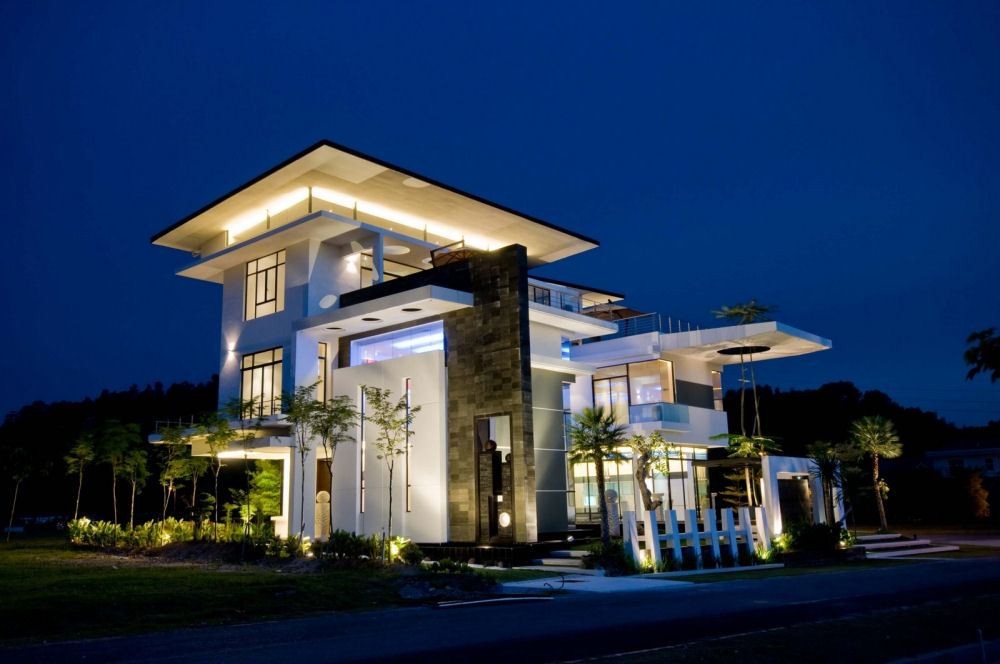News & Articles Slow times for luxury homes
Slow times for luxury homes
20 Feb 2015

KUALA LUMPUR: Prices of luxury homes across 33 cities saw an increase of only 0.2% in the third quarter of 2014 (3Q14), the weakest performance in two years, reported Knight Frank’s Residential Research Prime Global Cities Index 3Q14.
Prime residential prices rose 4% over a 12-month period, down from 6.6% a year earlier. Despite the index’s muted performance, luxury prices continue to outperform their mainstream counterparts, said Knight Frank.
The prime index stands at 36.3% above its low in 2Q09, while the mainstream global index rose 14.3% over the same period.
Tokyo recorded the strongest quarterly growth, while Jakarta saw the strongest annual rise in luxury prices.
On a quarterly basis, Tokyo and Cape Town were the strongest performers, with prices ending the three-month period at 9.2% and 6.3% higher, respectively.
Despite topping the ranks with prices reaching 27% in the year to June, Jakarta has seen a sharp deceleration in prices, with prices rising only 2.5% in the first half of the year.
The rate of luxury price growth declined in Dubai due to temporary factors such as Ramadan and the Central Bank of the United Arab Emirates’ mortgage cap, which is stricter for those purchasing properties above 5 million dirham (RM4.86 million).
Between cities in the United States and those in Europe, there is a stark disparity. Luxury homes in North American cities increased 10.5% on average in annual terms and by comparison, averaged a 1% rise in European cities.
The 3Q also marks the inclusion of Seoul for the first time. Prices in the South Korean capital are continuing their recovery since hitting a low in 2013.
The moderate price growth of the index is partly due to 3Q being dominated by the summer holiday season which contributed to slower sales activity, thus reducing the pressure on prices.
The prospect of tightening monetary policy in the US, an approaching general election in the United Kingdom, cooling measures in major Asian cities and negative economic indicators in Europe are among the factors that also play a part.
Prime residential prices rose 4% over a 12-month period, down from 6.6% a year earlier. Despite the index’s muted performance, luxury prices continue to outperform their mainstream counterparts, said Knight Frank.
The prime index stands at 36.3% above its low in 2Q09, while the mainstream global index rose 14.3% over the same period.
Tokyo recorded the strongest quarterly growth, while Jakarta saw the strongest annual rise in luxury prices.
On a quarterly basis, Tokyo and Cape Town were the strongest performers, with prices ending the three-month period at 9.2% and 6.3% higher, respectively.
Despite topping the ranks with prices reaching 27% in the year to June, Jakarta has seen a sharp deceleration in prices, with prices rising only 2.5% in the first half of the year.
The rate of luxury price growth declined in Dubai due to temporary factors such as Ramadan and the Central Bank of the United Arab Emirates’ mortgage cap, which is stricter for those purchasing properties above 5 million dirham (RM4.86 million).
Between cities in the United States and those in Europe, there is a stark disparity. Luxury homes in North American cities increased 10.5% on average in annual terms and by comparison, averaged a 1% rise in European cities.
The 3Q also marks the inclusion of Seoul for the first time. Prices in the South Korean capital are continuing their recovery since hitting a low in 2013.
The moderate price growth of the index is partly due to 3Q being dominated by the summer holiday season which contributed to slower sales activity, thus reducing the pressure on prices.
The prospect of tightening monetary policy in the US, an approaching general election in the United Kingdom, cooling measures in major Asian cities and negative economic indicators in Europe are among the factors that also play a part.
Source: The Edge Property
Latest Posts
-
Highest Bidder Strikes Gold at NCM Co November Auction Carnival 2025
-
November Auction Carnival 2025 Returns — Nearly 600 Properties Up for Grabs!
-
SkyWorld raih emas pertama di Anugerah ESG The Edge Malaysia 2025
-
NCM Co Celebrates 38 Years of Auction Excellence with 8 Hours of Non-Stop Property and Vehicle Bidding at the July Auction Carnival 2025
-
Celebrating 38 Years of Auction Excellence with Over 700 Units Up for Grabs at July Auction Carnival 2025